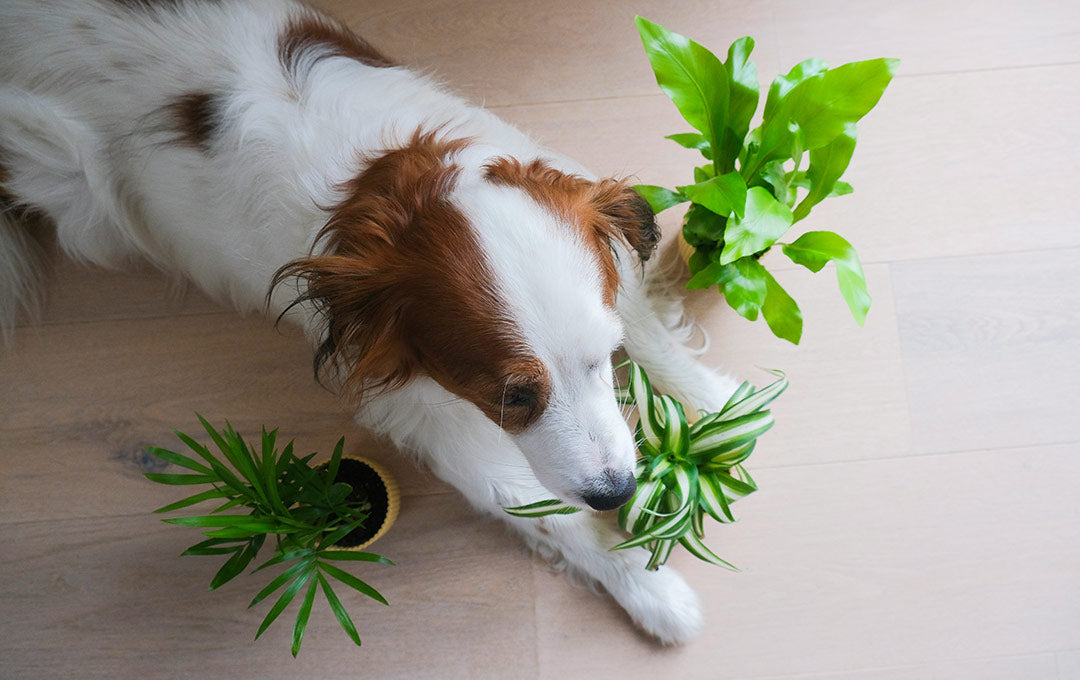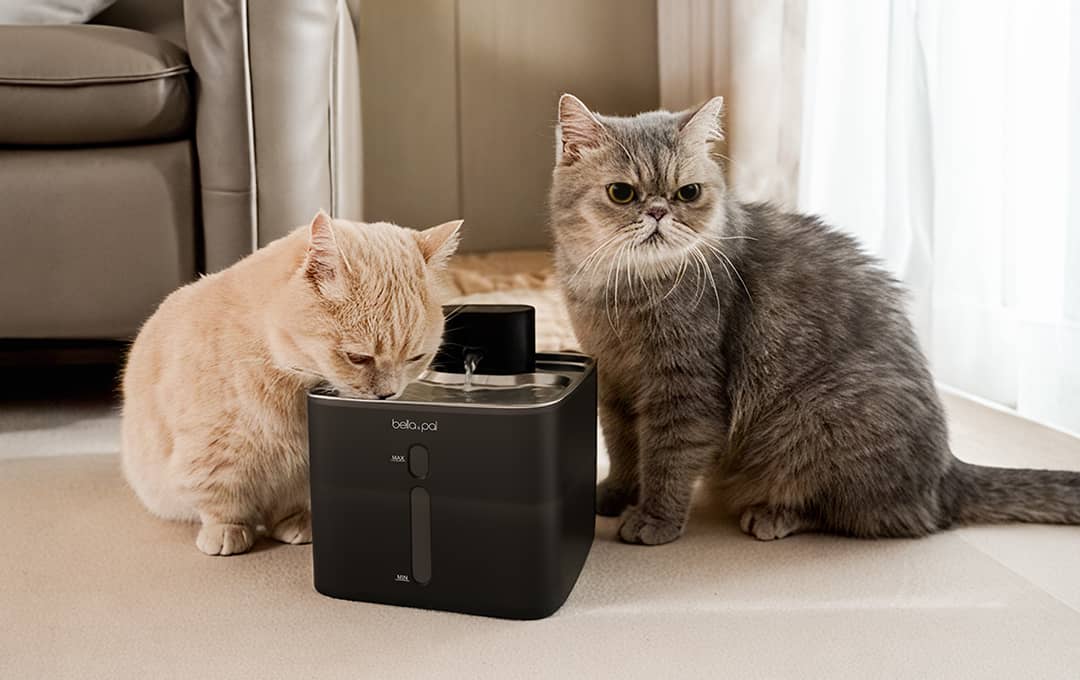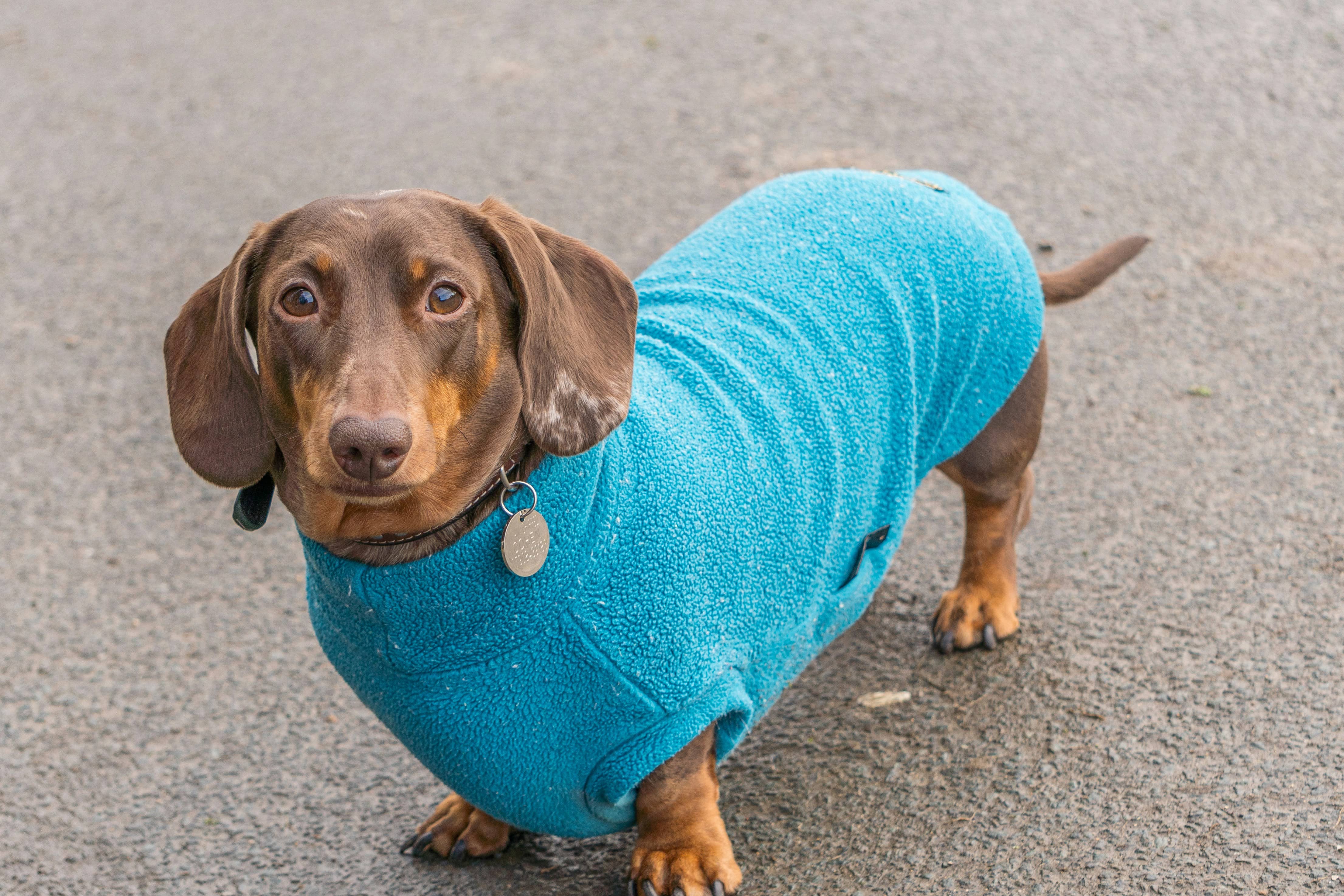Common Household Plants That Are Toxic for Dogs and Cats: What You Should Know

Houseplants are a beautiful way to freshen up your space, but if you live with a dog or cat, it’s important to know which greenery could harm them. Many popular indoor and garden plants contain compounds that are toxic—sometimes even deadly—to pets if ingested.
Whether your pet is a curious puppy, a climber of countertops, or just a leaf-chewer, knowing which plants to avoid is one of the easiest ways to protect their health.
⚠️ Why Some Plants Are Dangerous to Pets

Dogs and cats explore the world with their mouths. Chewing on leaves, digging in soil, or drinking from plant saucers can all lead to accidental poisoning if the plant is toxic.
Symptoms vary by plant and pet, but can include:
-
Vomiting or diarrhea
-
Drooling
-
Difficulty breathing
-
Weakness or tremors
-
Heart problems or even organ failure in severe cases
Let’s take a look at some of the most common offenders—and safer alternatives you can try instead.
🚫 Top 10 Common Toxic Plants for Dogs & Cats

1. Lilies (ALL types — especially dangerous for cats)
Lilies are highly toxic to cats, even in small amounts. Just licking the pollen can cause kidney failure.
Safer option: Orchids or African violets.
2. Sago Palm
All parts of this plant are toxic, especially the seeds. It can cause liver failure in dogs and cats.
Safer option: Parlor palm or bamboo palm.
3. Aloe Vera
It may be healing for humans, but Aloe contains saponins that can cause vomiting and tremors in pets.
Safer option: Haworthia or spider plant.
4. Pothos (Devil’s Ivy)
A popular low-maintenance plant, but it contains insoluble calcium oxalates that irritate the mouth and throat.
Safer option: Peperomia or Calathea.
5. Peace Lily
Not a true lily, but still harmful. Can cause mouth irritation and trouble swallowing.
Safer option: Prayer plant or spider plant.
6. Snake Plant (Sansevieria)
This hardy plant contains compounds that can cause nausea and vomiting in pets.
Safer option: Areca palm or ferns.
7. Dieffenbachia (Dumb Cane)
Causes oral irritation, swelling, and difficulty breathing if ingested.
Safer option: Polka dot plant.
8. Oleander
Common in gardens but extremely poisonous—can affect the heart and be fatal.
Safer option: Hibiscus.
9. Philodendron
Toxic to both dogs and cats, causing mouth burns and stomach upset.
Safer option: Pilea or Swedish ivy.
10. English Ivy
Popular in hanging baskets, but causes drooling, vomiting, and abdominal pain.
Safer option: Boston fern.
🛑 What to Do If Your Pet Eats a Toxic Plant
-
Stay calm. Try to identify what and how much your pet ate.
-
Remove the plant (or isolate it) to prevent more chewing.
-
Contact your vet immediately or call the ASPCA Animal Poison Control Center at 1-888-426-4435.
Save the plant tag or take a picture to help your vet identify it.
🐾 Tips to Keep Pets & Plants Safe Together

-
Place plants out of reach—but remember cats can climb
-
Use hanging planters or shelves
-
Try bitter sprays on leaves (safe deterrents)
-
Rotate in pet-safe grasses like cat grass or wheatgrass
-
Teach “leave it” for curious dogs
And always keep an eye out for signs of plant chewing, especially in newly adopted pets still exploring their surroundings.
💚 Bella & Pal: Here to Help You Pet-Proof With Style
At Bella & Pal, we believe a beautiful home and a pet-safe space can go hand in hand. Along with being mindful of plants, using the right accessories—like breathable harnesses, travel carriers, and soft indoor gear—helps keep your pets safe and happy every day.
👉 Explore Bella & Pal Essentials for Dogs & Cats
A safe pet is a happy pet—and your peace of mind starts with simple choices.

 Subscribe & Get 10% Off Your First Order
Subscribe & Get 10% Off Your First Order




Leave a comment